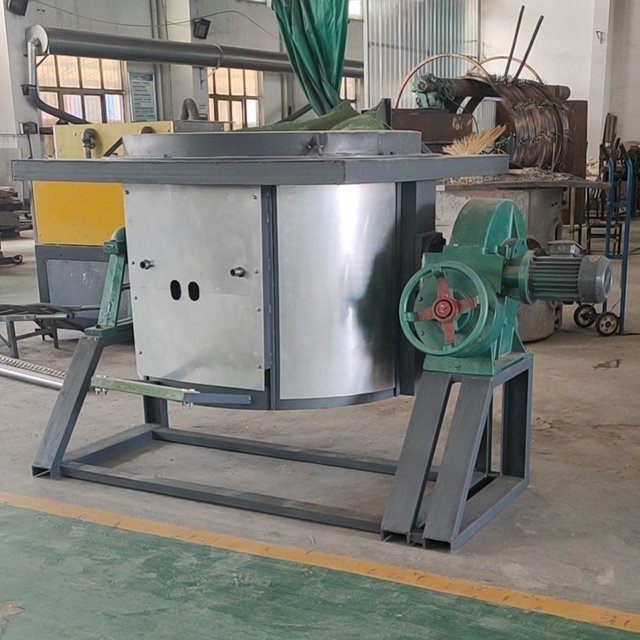Heating aluminum effectively with induction: possible?
Yes, aluminum can be effectively heated by induction heating. However, due to the low resistivity of aluminum and the lack of ferromagnetic properties, its induction heating process is more challenging than ferromagnetic materials such as steel. The following is a detailed analysis of aluminum induction heating:

Challenges of aluminum induction heating
- Low resistivity:
The low resistivity of aluminum causes the effective impedance reflected in the working coil to be too low for inverter design, making coil design difficult.
- Non-ferromagnetic:
Aluminum is not a ferromagnetic material and cannot be directly heated by a magnetic field like iron or steel, requiring special designs and techniques to overcome this obstacle.
Solutions for aluminum induction heating
- High-frequency transformer coupling:
A high-frequency transformer coupling topology is used to transfer the required power to the low-impedance aluminum induction heating load.
- Series resonant circuit:
The use of a series resonant circuit improves system efficiency, allowing maximum power transfer at a specific frequency.
- Optimize inverter design:
Optimize the inverter design to ensure stable operation at high frequencies and provide sufficient power output.
Practical Application Cases
Induction heating of aluminum has been used in a variety of applications, such as heating aluminum cookware, heating aluminum rods, and heat treatment of aluminum parts.
These applications have proven that aluminum can be effectively heated by induction heating, although special designs and techniques may be required to overcome its inherent physical properties.
Conclusion
Although induction heating of aluminum is relatively complex, efficient induction heating of aluminum can be achieved by adopting appropriate technology and design methods.
This heating method has a wide range of application prospects in industrial production, and as technology continues to advance, its efficiency and reliability will continue to improve.
Yes, aluminum can be effectively heated by induction heating. However, due to its low resistivity and lack of ferromagnetic properties, the induction heating process is more challenging than for ferromagnetic materials such as steel.
Below is a detailed analysis of aluminum induction heating:
Difficulties of aluminum induction heating
Low resistivity: Aluminum has a relatively low resistivity, which results in an effective impedance reflected in the working coil that is too low for practical inverter design, making effective coil design difficult.
Non-ferromagnetic:
Aluminum is not a ferromagnetic material, so it cannot be directly heated by a magnetic field like iron or steel. This requires that the induction heating system must use special designs and technologies to overcome this obstacle.
Solutions for aluminum induction heating
High frequency transformer coupling: In order to effectively transfer the required amount of power into the low impedance aluminum induction heating load, a high frequency transformer coupling topology can be used.
This structure can couple the series resonant load to the full-bridge inverter, eliminating the constraints between the load impedance and the inverter design.
Series resonant circuit:
Using a series resonant circuit can improve the efficiency of the system because it allows for maximum power transfer at a specific frequency. This circuit consists of a working coil and a capacitor, and the value of the capacitor is adjusted to match the impedance characteristics of aluminum.
Optimizing inverter design:
In order to meet the needs of aluminum induction heating, the inverter design must be optimized to ensure stable operation at high frequencies and provide sufficient power output.
Practical application cases
In practical applications, induction heating of aluminum has been used in many occasions, such as heating of aluminum cookware, heating of aluminum rods, and heat treatment of aluminum parts.
These applications have proved that aluminum can be effectively heated by induction heating, although special designs and technologies may be required to overcome its inherent physical properties.
Conclusion
In summary, although the induction heating of aluminum is relatively complex, efficient aluminum induction heating can be achieved by adopting appropriate technologies and design methods.
This heating method has a wide range of application prospects in industrial production, and with the continuous advancement of technology, its efficiency and reliability will continue to improve.